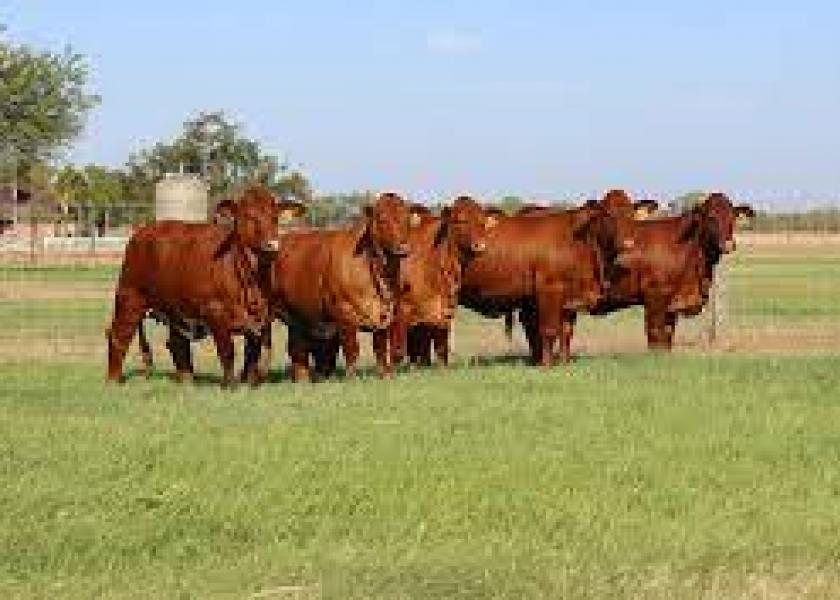American Breeds Provide Selection Indexes for Beef Producers

“If we made EPDs and indices incredibly easy to drive and continue to improve them, would we have better adoption of them?” asked Dr. Kari White, Neogen genetic evaluation scientist. White gave her presentation, “An Overview of Economic Selection Indexes Offered by American Breeds” at the 2021 Beef Improvement Federation (BIF) Symposium June 24 in Des Moines, Iowa.
A selection index is a cumulative number that combines expected progeny differences (EPDs) and weights on those EPDs to combine them into one number with the idea that it is easier to select for several traits at a time in a more consistent direction than by selecting only on one number. Neogen’s focus on education shows the complexities of the selection index system but allows for continuous improvement and makes them easier to use and allows intuitive producers to adopt selection indexes.
White looked more closely at the Milk EPD and reminded producers that it is maternal weaning weight and is not intuitive about milk. Milk has an inverse relationship to direct weaning weight, as direct weaning weight pounds increase the maternal component decreases. Neogen has created selection indexes for the American Brahman Breeders Association, International Brangus Breeders Association, Beefmaster Breeders United and Santa Gertrudis Breeders International.
“Selection decisions can never be made in a vacuum, there are always unintended consequences,” White explained. “A user of selection indexes should care less about the coefficients for the traits and more about how the index correlated to economically relevant traits.”
Watch the full presentation here. For more information about the Symposium and the Beef Improvement Federation, including additional presentations and award winners, visit BIFSymposium.com.







